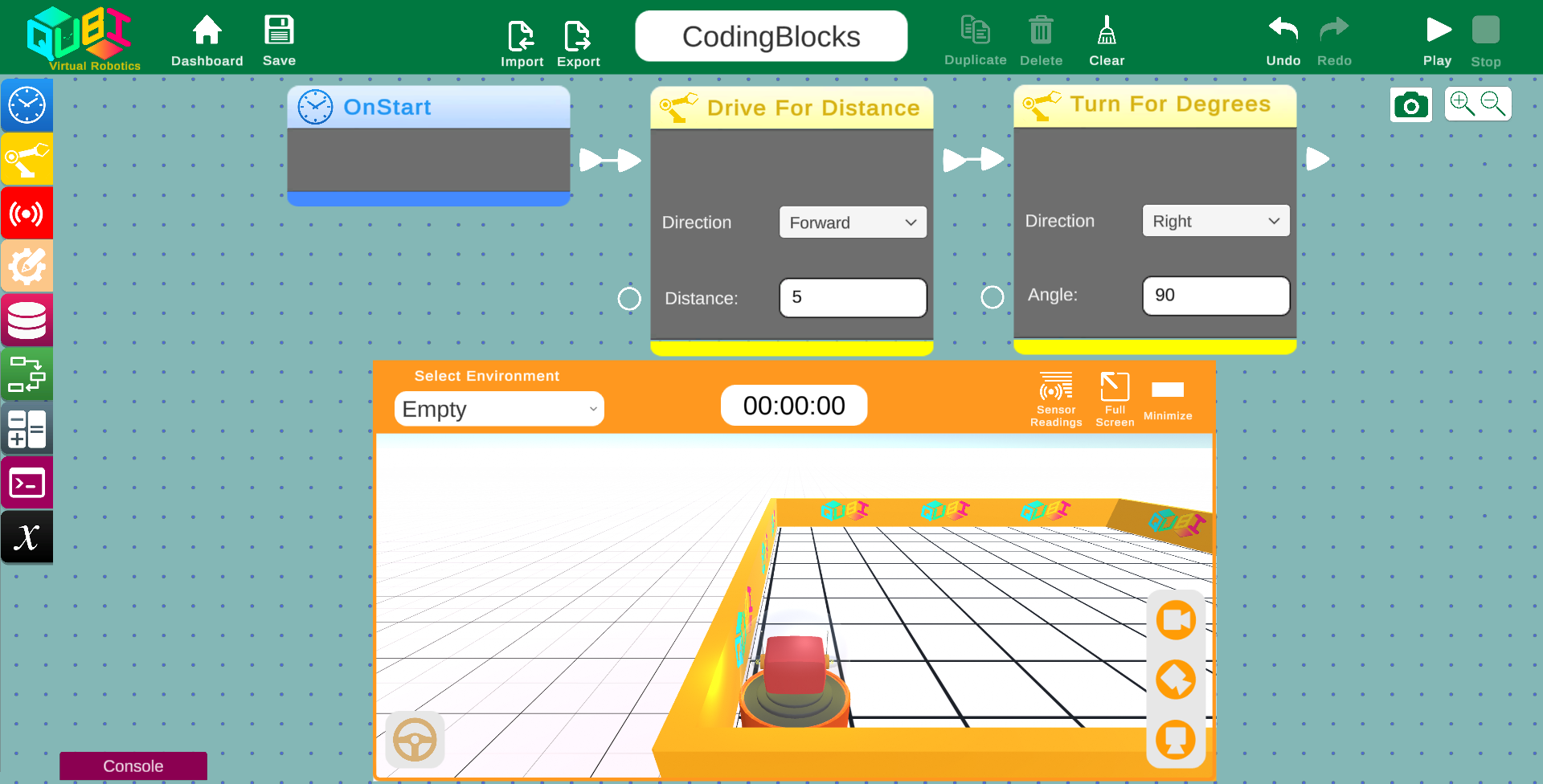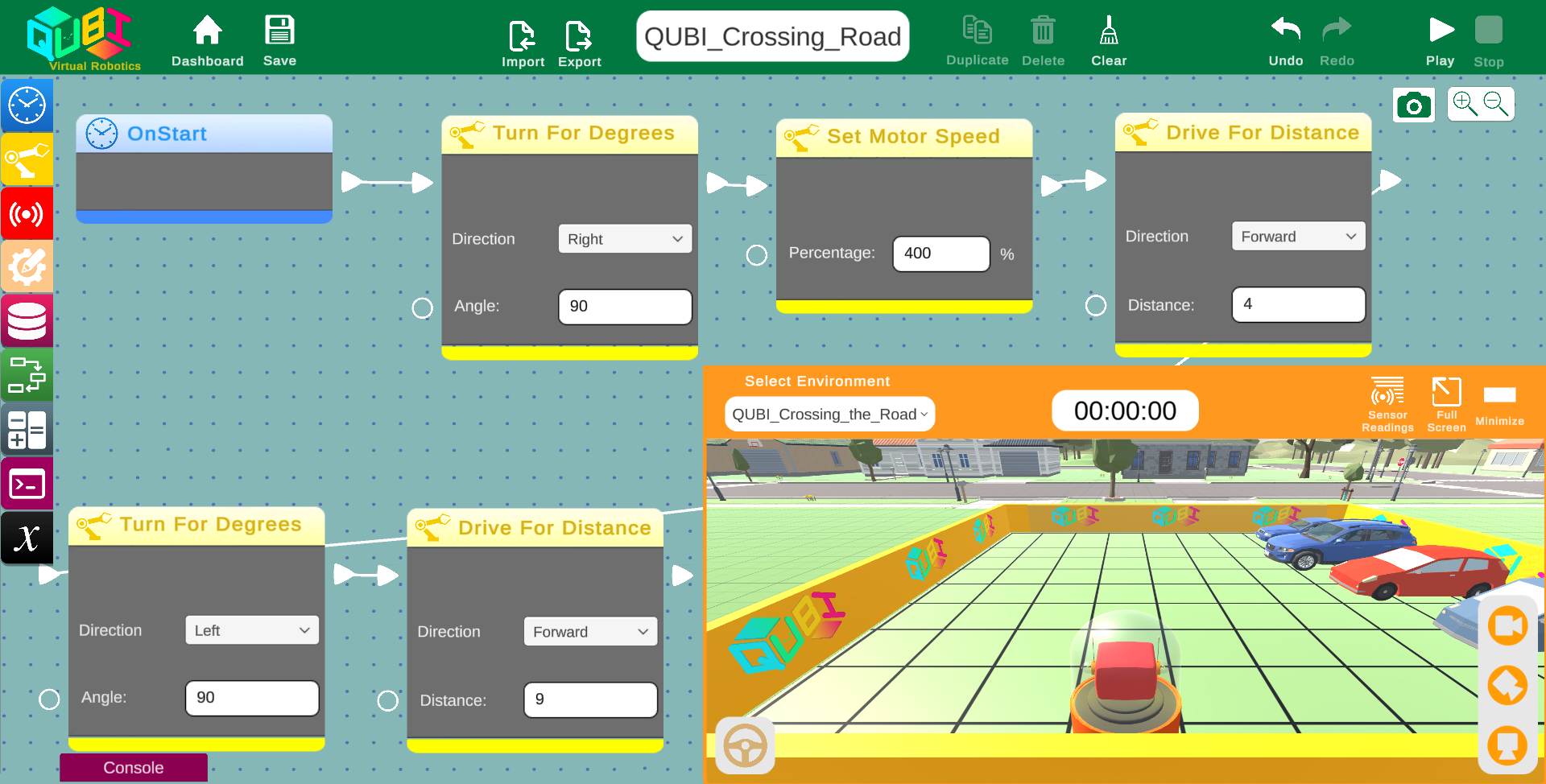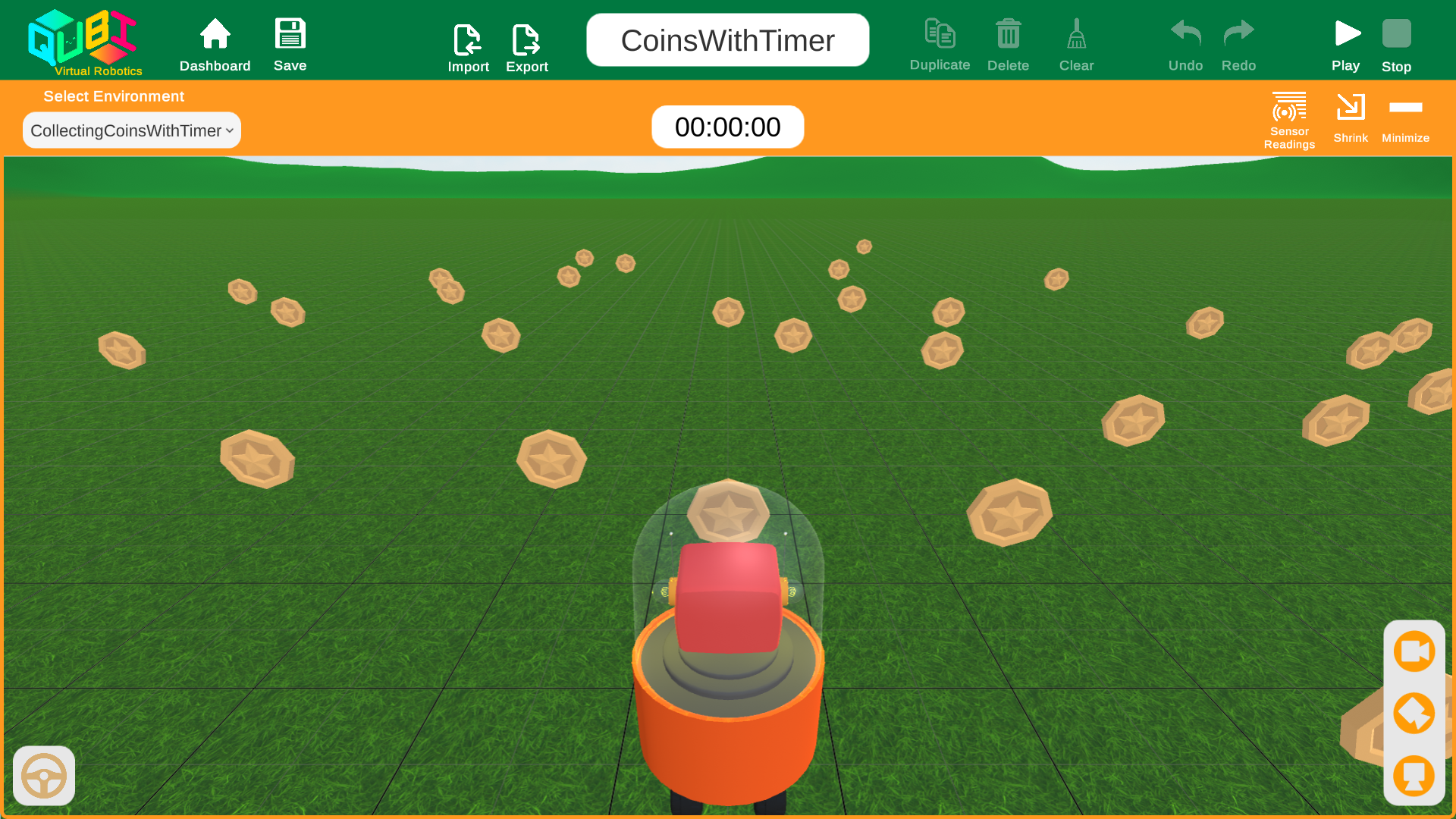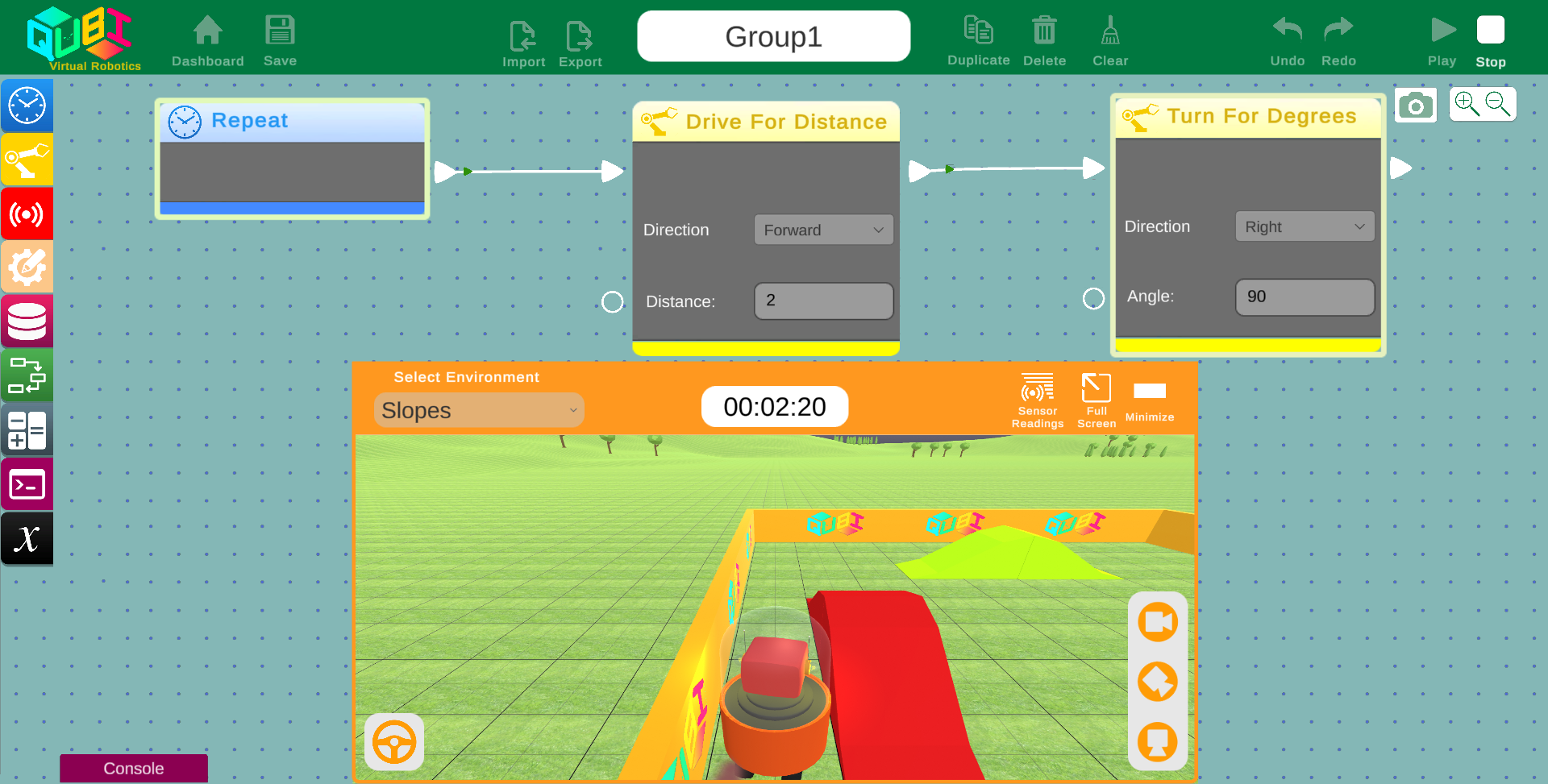 Low Pricing
Low Pricing
System
Features
WHY QUBI VIRTUAL ROBOTICS
 Unlimited
Unlimited
Environments
 Different Kinds
Different Kinds
of Robots
 Learn at School
Learn at School
& Home
 No Extra
No Extra
Hardware Required
 Easier and Safer
Easier and Safer
for Early Childhood
 Creative Missions
Creative Missions
and Activities
Explore Qubi
ENJOY THE THRILL OF ROBOTS WITHOUT THE HASSLE OF HARDWARE!
Qubi virtual robotics module provides students with a realistic simulated robotics environment in which they can program their own virtual robots and test them in a fully physically simulated virtual environment without the need for any actual hardware. This makes it possible for students to learn about robotics in a safe and affordable way.
LET’S EXPLORE THE POWER OF QUBI
See how Qubi virtual Robotics is empowering students in the classroom


Explore Qubi
EASY TO USE
Qubi robotics module is simple to use and intuitive, making it easy for students of all ages and skill levels to learn about robotics and coding. With its drag-and-drop programming interface and realistic physics engine, Qubi provides students with a fun and engaging way to learn essential STEM skills.

Explore Qubi
PROGRAM YOUR ROBOT USING OUR VISUAL CODING TOOL
Qubi makes it easy for students of all ages and skill levels to learn to code with its node-based programming language. Students can drag and drop blocks of code to create programs without having to type lines of text. Qubi’s forgiving syntax allows students to easily learn from their mistakes and keep moving forward.

Explore Qubi
DIFFERENT ENVIRONMENTS AND LEVELS
Qubi offers a wide range of pre-built environments that provide students with a variety of realistic scenarios in which to test their robotics skills.

Explore Qubi
CREATE YOUR OWN MAP
Students can also create their own environments in Qubi using Livit Studio’s powerful environment editor. This allows students to be creative and to design their own challenges, as well as allowing teachers to create custom environments that are tailored to their specific curriculum.

Explore Qubi
SIMULATION OF MORE THAN 6 SENSORS
Qubi simulates 6 sensors: Ultrasonic sensor, color sensor, infrared sensor, bump sensor, gps sensor and location sensors

Explore Qubi
RUNTIME CODE DEBUGGING
Qubi’s runtime code debugging feature is a powerful tool that allows students to identify and fix errors in their programs while they are running. This makes it easier for students to learn from their mistakes and to improve their coding skills.

